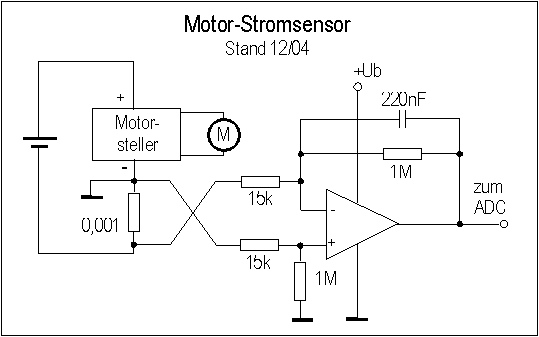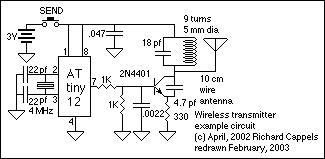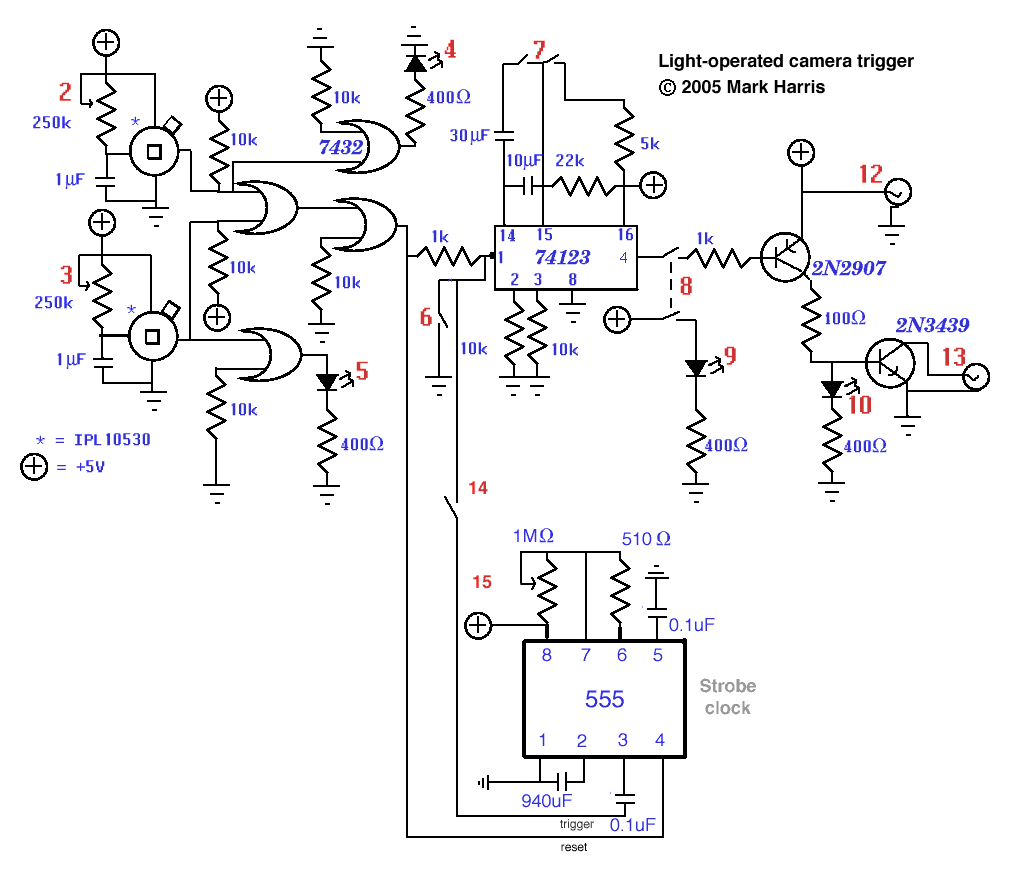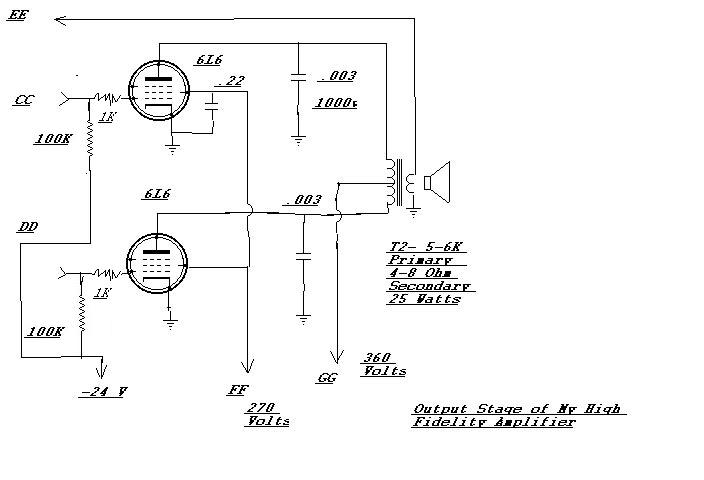
self made data logger

Version V2.9 supports a GPS receiver with an ANTARIS chipset while simultaneously utilizing the internal temperature sensor of the MS5534A and the external DS1820 sensor. This version is compatible with 24C256, 24C512, or 24C1024 EEPROMs and includes an internal bootloader. Version V2.9h additionally supports DS18S20 temperature sensors, employs a 2-wire connection for the temperature sensor (connecting pin 1 and pin 3 of the sensor), and enhances the starting conditions for GPS usage. Version V2.9 features an internal bootloader that facilitates software updates via RS232 connection without the need for a PIC burner. For upgrades, connect pin 5 and pin 1 of the EEPROM with a 220-ohm resistor and power on the logger.
The V2.9 version of this device is designed to integrate multiple functionalities, including GPS tracking and temperature monitoring, making it suitable for various applications. The ANTARIS chipset provides robust GPS capabilities, enabling accurate positioning and navigation. The internal temperature sensor, MS5534A, offers reliable temperature measurements, while the external DS1820 sensor allows for additional temperature data collection, enhancing the device's versatility.
The compatibility with EEPROMs such as 24C256, 24C512, and 24C1024 ensures that the device can accommodate varying storage needs, allowing for flexible data logging and retrieval. The inclusion of an internal bootloader simplifies the process of updating the firmware, which can be executed through an RS232 interface. This feature is particularly advantageous in scenarios where physical access to the device is limited, as it eliminates the need for a PIC burner.
For the V2.9h variant, the support for DS18S20 temperature sensors expands the range of temperature monitoring capabilities. The 2-wire connection method for the temperature sensor facilitates straightforward wiring and reduces complexity in the circuit design. Improved start conditions for GPS functionality enhance the performance of the GPS receiver, ensuring quicker and more reliable satellite acquisition.
To perform software upgrades, a simple connection of pin 5 to pin 1 of the EEPROM through a 220-ohm resistor is required, followed by powering on the logger. This design consideration reflects a user-friendly approach, allowing for easy maintenance and updates without extensive technical knowledge.
Overall, the V2.9 and V2.9h versions represent a significant advancement in electronic design, combining GPS and temperature sensing in a compact and efficient package, tailored for ease of use and adaptability in various applications.Version V2. 9 supports also GPS-receiver with ANTARIS chipset and simultaneously using of internal temperature sensor of MS5534A and external DS1820 sensor. This version can use 24C256, 24C512 or 24C1024 EEPROMs and has an internal `bootloader` implemented. V2. 9h supports DS18S20 temperature sensors, 2-wire connection for the temp sensor (connect pin1 and 3 of the sensor) and better start condition for GPS using. Version V2. 9 has an internal `Bootloader` for easier software updates via the RS232-connection (without PIC-burner). (For upgrades connect pin 5 and pin1 of the EEPROM with a 220ohm-resistor and switch the logger on). 🔗 External reference
The V2.9 version of this device is designed to integrate multiple functionalities, including GPS tracking and temperature monitoring, making it suitable for various applications. The ANTARIS chipset provides robust GPS capabilities, enabling accurate positioning and navigation. The internal temperature sensor, MS5534A, offers reliable temperature measurements, while the external DS1820 sensor allows for additional temperature data collection, enhancing the device's versatility.
The compatibility with EEPROMs such as 24C256, 24C512, and 24C1024 ensures that the device can accommodate varying storage needs, allowing for flexible data logging and retrieval. The inclusion of an internal bootloader simplifies the process of updating the firmware, which can be executed through an RS232 interface. This feature is particularly advantageous in scenarios where physical access to the device is limited, as it eliminates the need for a PIC burner.
For the V2.9h variant, the support for DS18S20 temperature sensors expands the range of temperature monitoring capabilities. The 2-wire connection method for the temperature sensor facilitates straightforward wiring and reduces complexity in the circuit design. Improved start conditions for GPS functionality enhance the performance of the GPS receiver, ensuring quicker and more reliable satellite acquisition.
To perform software upgrades, a simple connection of pin 5 to pin 1 of the EEPROM through a 220-ohm resistor is required, followed by powering on the logger. This design consideration reflects a user-friendly approach, allowing for easy maintenance and updates without extensive technical knowledge.
Overall, the V2.9 and V2.9h versions represent a significant advancement in electronic design, combining GPS and temperature sensing in a compact and efficient package, tailored for ease of use and adaptability in various applications.Version V2. 9 supports also GPS-receiver with ANTARIS chipset and simultaneously using of internal temperature sensor of MS5534A and external DS1820 sensor. This version can use 24C256, 24C512 or 24C1024 EEPROMs and has an internal `bootloader` implemented. V2. 9h supports DS18S20 temperature sensors, 2-wire connection for the temp sensor (connect pin1 and 3 of the sensor) and better start condition for GPS using. Version V2. 9 has an internal `Bootloader` for easier software updates via the RS232-connection (without PIC-burner). (For upgrades connect pin 5 and pin1 of the EEPROM with a 220ohm-resistor and switch the logger on). 🔗 External reference





